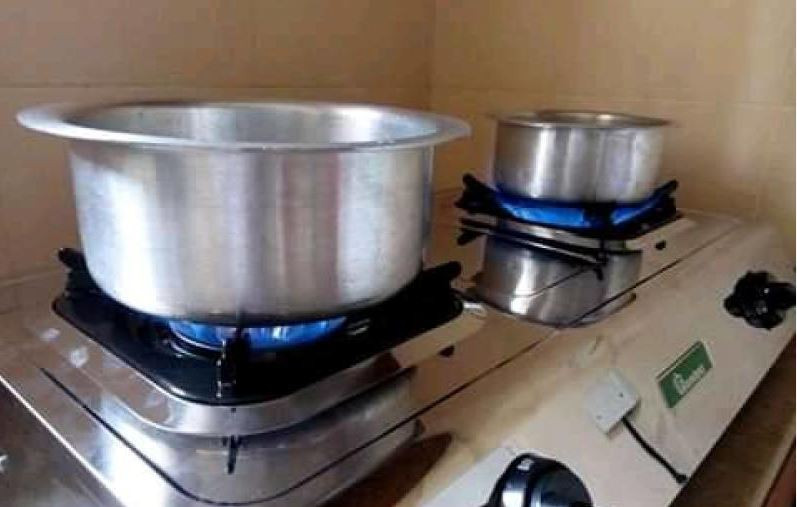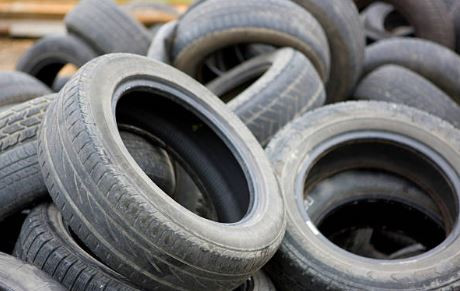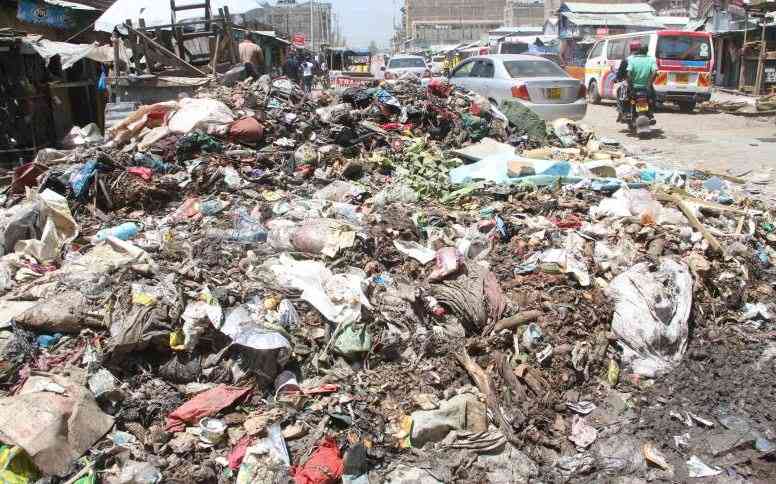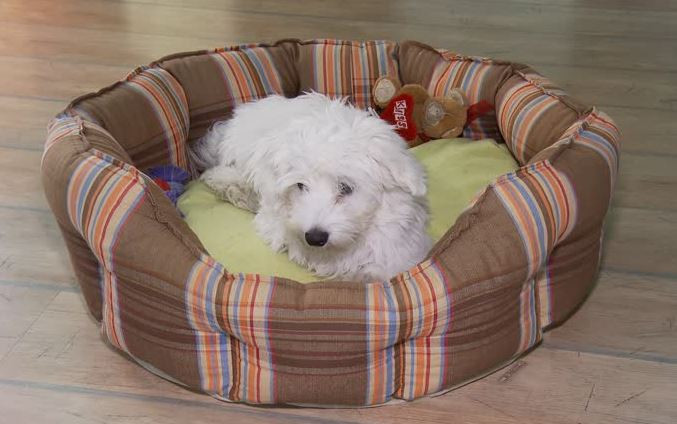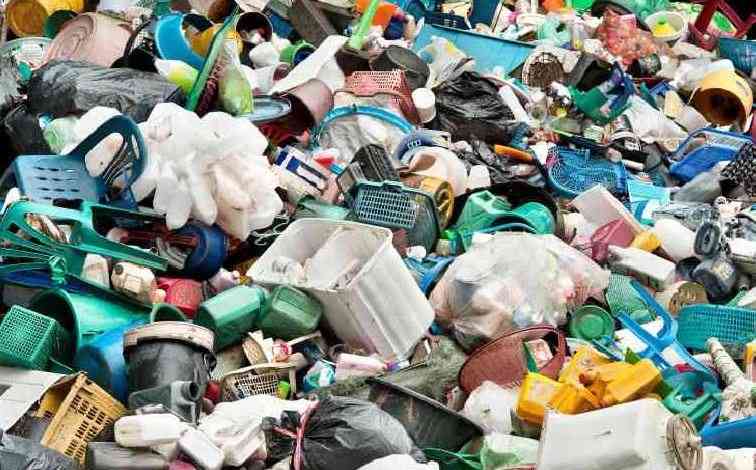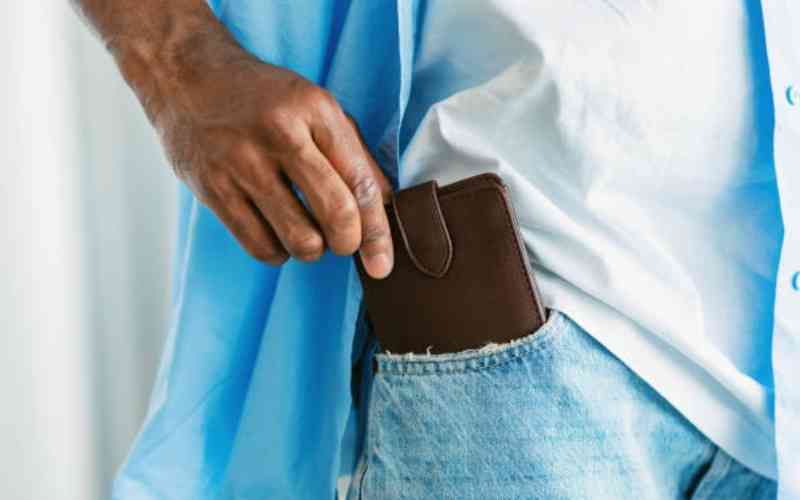
The middle-class demographic is complex in terms of variables and indices of economic and social status.
It is a discussion I’ve had with several people, and we never agree on the size of the middle class in Kenya. The middle class is the demographic between the upper and lower classes. The imaginary "poverty line" is the equator of economic status, dividing the upper North and lower South.
This implies that the middle class is either standing, hanging, or sitting on it. If you are seated, then you are middle-middle class. Those who are standing are upper-middle, while those who are hanging on it are lower-middle.
According to the Kenya Bureau of Statistics, the lower class consists of households earning no more than Sh23,000 per month. Any household with an income between Sh23,000 and Sh120,000 is in the middle-class bracket. Incomes above that place households in the upper class.
About 360,000 people in Kenya earn more than Sh120,000. These numbers, compared to our adult population, greatly shrink the upper class while expanding the middle class into the upper margins of the lower class.
If I delve into the economic indices used to measure the middle class, we will not agree. Many people earning above Sh23,000 do not see themselves as middle class. The same applies to many people earning above Sh120,000, who still view themselves as middle class and not upper class. Most Kenyans fall into the class called "one salary away from poverty."
However, if your house has a shoe rack, you are middle class. This means you can afford enough pairs of shoes to fill the rack. The fact that you have shoes for evening wear, the gym, the outdoors, and the office says a lot about your income. This may not expressly apply to ladies, especially those with a taste for things beyond their economic means. If a lady has several handbags with matching shoes, then she is middle class.
If you are a man and you can afford several pairs of shoes for yourself and your children, you are middle class. A man with shoes to match different shades of his belts is a middle-class man. Men in the lower ranks buy one pair of shoes and wear them until they are worn out.
If you still take your shoes for repair, forget even being lower-middle class. The middle class disposes of their shoes because they are no longer trendy or fit, not because they are worn out.
If half the clothes you own are not second-hand, then count yourself privileged. If the bulk of your clothes are pre-owned, even if you bought them from upscale stalls, I’m sorry. I know many men have perfected the "luku" streak of Nairobi using first-grade second-hand clothes. Those still don’t qualify as middle class. If what you consider the cream of your wardrobe came from malls in Eastleigh, I’m also sorry.
Now, if your house has snacks, you are middle class. This is when you walk into your house and can grab a glass of juice with a choice of bitings from three or more options. In other words, everyone in the house has their favourite snacks in stock. Low-class houses are "ingredient houses." To eat something, you have to make it from scratch.
Now, let’s talk about cheese. If cheese is part of the ingredients you use in cooking at home, then you are far above the poverty line. Let’s leave aside affording it—have you ever seen unpackaged cheese, outside of a supermarket cold storage section?
Yes, cheese is a middle-class culinary accessory. You need about five litres of milk to make one kilogram of cheese. How many litres of milk do you consume per week? It will give you a good self-evaluation of your social class.
Cooking gas, bread, margarine, and chapatti lost their high-class streak two decades ago. This is proof that Kenya not only debased its economy but also pushed citizens over the poverty line.
However, if your house has butter, you are middle class. Tanzanians call living a good life "kukula bata." Butter is made from cream, which makes it a top-tier product.
Mayonnaise, or simply mayo. If mayonnaise is part of your favourite taste enhancers, then you are middle class. This implies that burgers, hot dogs, and such foods are part of your meals. If you enjoy smochas—that combination of smokies and chapatti with ketchup—sorry.
Ketchup—or rather, tomato sauce—used to be a high-class item many years back. Most of us only saw it in backstreet chip joints. However, if you don’t know the difference between ketchup and tomato sauce, then that imaginary line is still beyond your reach.
There are other fringe indicators. If you can enter one of these trendy cafes and comfortably order anything beyond a mug of "dawa," then you are middle class.
Another marker is being able to afford post-pay mobile phone bundles for voice and data. Another indicator is anyone who has maintained a telephone for twenty years, as this indicates they’ve had a stable social life throughout that period. You are middle class.
 The Standard Group Plc is a multi-media organization with investments in media platforms spanning newspaper print
operations, television, radio broadcasting, digital and online services. The Standard Group is recognized as a
leading multi-media house in Kenya with a key influence in matters of national and international interest.
The Standard Group Plc is a multi-media organization with investments in media platforms spanning newspaper print
operations, television, radio broadcasting, digital and online services. The Standard Group is recognized as a
leading multi-media house in Kenya with a key influence in matters of national and international interest.


